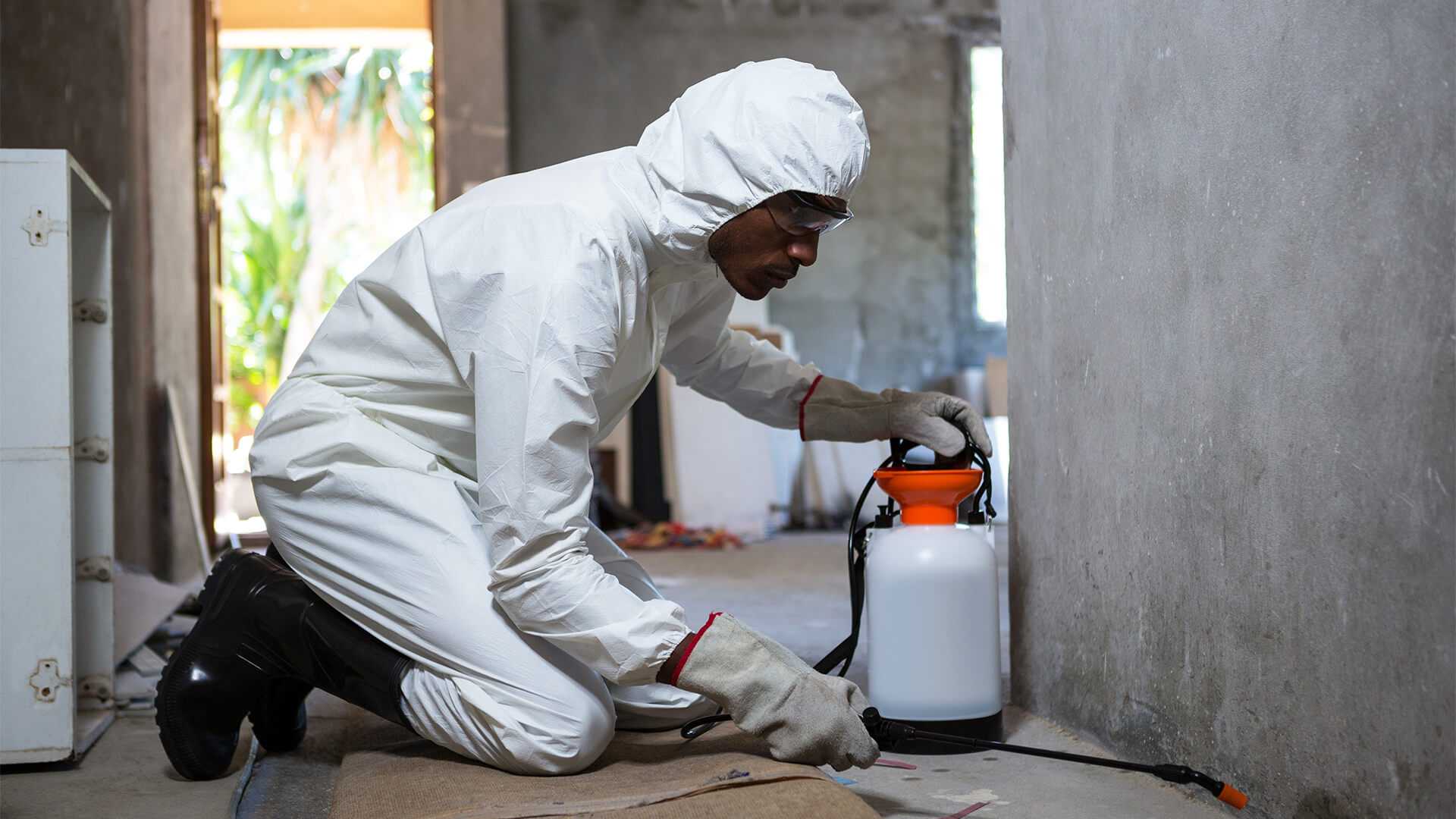Pest control is a crucial aspect of maintaining a safe and healthy environment in any facility. This is especially true for ecological research facilities, where the balance of the ecosystem needs to be maintained for accurate data collection and preservation of species. Traditional methods of pest control, such as the use of harmful chemicals, can have detrimental effects on the delicate ecosystem in these facilities. Therefore, it is essential to implement safe pest control measures that do not harm the environment or compromise research activities.
One effective solution for pest management in ecological research facilities is integrated pest management (IPM). IPM involves using multiple strategies to prevent, monitor, and manage pests while minimizing harm to humans and the environment. This approach takes into account ecology and relies on a combination of physical, chemical, cultural, and biological controls.
Physical controls involve setting up barriers or implementing physical changes to prevent pests from entering or infesting an area. In an ecological research facility setting, this could mean installing screens on windows or sealing cracks in buildings to keep pests out.
Chemical controls are only used as a last resort in IPM and must meet specific criteria for safety and effectiveness. Non-toxic pesticides derived from natural sources https://www.fyple.biz/company/safe-pest-control-pty-ltd-9lvbnfn/ can be used instead of harmful chemicals that may disrupt the ecosystem. For example, diatomaceous earth made from crushed fossilized algae can effectively control insects without harming other organisms.
Cultural controls aim to modify human behavior that contributes to pests’ presence or survival in a particular area. In an ecological research facility setting, this could involve implementing strict cleaning protocols or proper waste disposal practices to reduce food sources for pests.
Biological controls utilize natural predators or parasites that feed on specific pests as a means of keeping their populations under control. This method does not harm other organisms by targeting only the desired pest species.
In addition to these various forms of pest control methods, regular monitoring plays a crucial role in preventing potential infestations before they become major problems. Traps and visual inspections can help identify the presence of pests early on, allowing for quick and targeted control measures.
It is also essential to train staff in pest prevention practices and raise awareness about the importance of safe pest control in an ecological research facility. This can include educating researchers on proper waste disposal, potential risks associated with certain chemicals, and how to identify signs of a pest infestation.
Implementing safe pest control measures not only ensures the well-being of the ecosystem but also protects researchers from potential health hazards. Exposure to harmful chemicals used in traditional pest control methods can have adverse effects on human health. By utilizing non-toxic alternatives, ecological research facilities can maintain a safe working environment while preserving delicate ecosystems.
In conclusion, safe pest control in ecological research facilities is crucial for maintaining a healthy ecosystem while protecting human safety and well-being. With the implementation of integrated pest management strategies such as physical barriers, non-toxic pesticides, cultural controls, biological controls, and regular monitoring; these facilities can effectively manage pests without compromising their research activities or disrupting the delicate balance of nature. By raising awareness and properly training staff on best practices for pest prevention, we can create a safer and more sustainable environment for both humans and wildlife alike.





